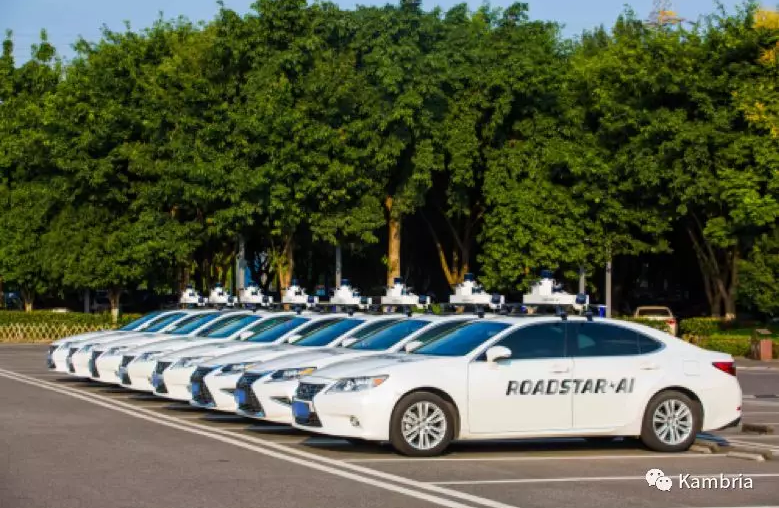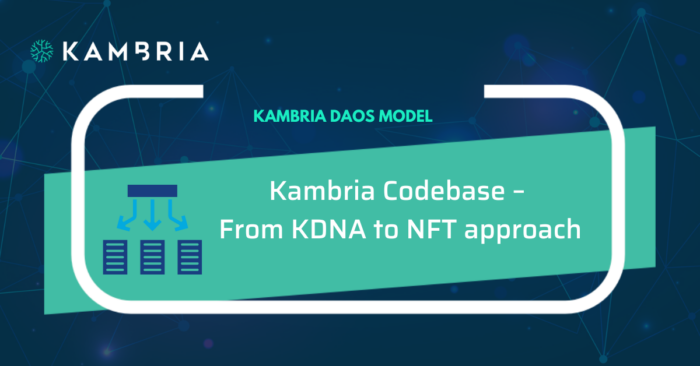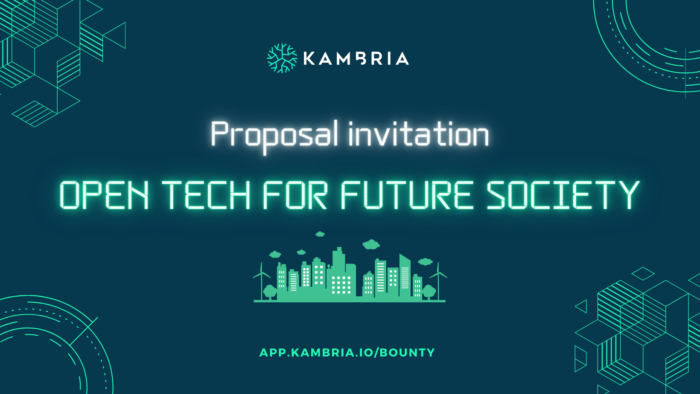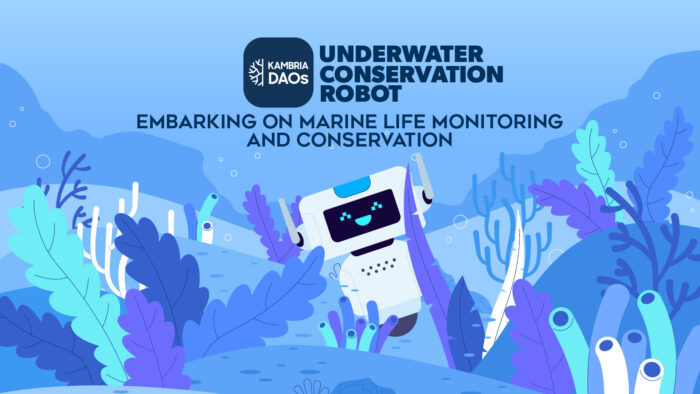Peruse today’s internet and artificial intelligence reports are everywhere. At the 5th World Internet Conference held in November, private docking services were provided for 10 driverless cars.
On the same day, the Xinhua News Agency launched the world’s first “AI synthetic anchor” initiating a hot discussion in both the Chinese and foreign media “AI wants to grab our rice bowl.” If you’re like most people, the thought of a robot stealing your food is scary!
A few days later, shoppers joined the frenzy of China’s Double 11 — the biggest online shopping day of the year. Billions of dollars worth of transactions occur in just 24 hours and new tech, like Alibaba’s AI called Lu Ban, can help design an incredible 400 million advert banners during the sales period at a rate of 40 million a day.
LuBan is powered by machine learning and is trained on millions of sets of design data. First, the algorithm understands the components of the design, then it extracts features from raw images in the design library. Next, the algorithm produces a virtual canvas and places the design elements on a board. Team members provide feedback on the designs so that the AI can learn what kind of design is “good” or “preferred”.

Over at Alibaba’s “smart warehouse”, 60 unmanned robots shuttle around the warehouse floor delivering goods to workers for packing and posting. They can carry up to 500 kilograms and have managed to reduce the workforce requirement by 70%. Here’s a look at the robots in action.
But even with all of these reports, is the AI field really a success?
There is a hidden worry behind the explosion
Behind the rapid development of artificial intelligence are the multiple forces of government, enterprises, and capital. Like the “bubble” that has appeared with the development of the Internet, AI development is accompanied by problems such as disorder, repeated investment, and high start-up costs. Surprisingly, not many projects start with “original technology” from the artificial intelligence algorithm layer due to issues such as data siloing, research and development isolation, labor cost, and high costs.
At the same time, top tech companies such as Google, IBM, Apple, Facebook, Microsoft, BAT, etc. are rushing to deploy artificial intelligence, and some companies even regard it as the core driver of future business. As a result, many artificial intelligence patents are in the portfolios of these large companies, and data resources are difficult to fully utilize. In many fields such as speech recognition and driverless driving, for example, many teams do their own work, with very little integration or collaboration with other projects.
Innovation platform
How can the tech field make artificial intelligence development sustainable and healthy? How can we establish a fair and transparent platform for developers, investors, manufacturers, and others to work closely to minimize costs and allow the general public to participate in and share in technological achievements? As a decentralized, open and collaborative platform, Kambria is making huge strides in seeing this type of innovation come to life.
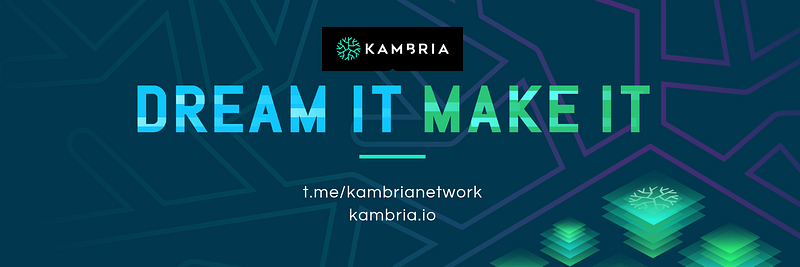
How does Kambria work? Kambria uses blockchain technology to build an open-source platform that accelerates the industry’s innovation process by introducing a broad community of program and patch developers and providing them with the necessary tools and market needs. At the heart of the platform is an open robotics library consisting of a high-level software and modular hardware components to maximize reusability and teamwork in the development process. Because it utilizes crypto-economics, Kambria’s community of investors, companies, contributors, manufacturers, and users will be optimally motivated by the cryptocurrency system, and all parties will work together to grow together.
In the Kambria platform, each step of the innovation process — development, production, manufacturing, and commercialization — is segmented. Parties can manage each step separately while maintaining transparency and trust through the use of blockchain technology. They can also take advantage of token-economics. In this way, excellent engineers can concentrate on creating the best robots, and outstanding entrepreneurs can concentrate on finding the best market and use. Professional manufacturers can produce the best quality parts. And everyone can receive a fair reward.
Artificial intelligence helps the future of mankind
Today’s artificial intelligence has begun to change human life in the areas of transportation, e-commerce, finance, education, medical care, etc. It has greatly improved people’s experience and work efficiency in learning and living and has also triggered some social, political and moral changes.
While some are worried about the future of AI, it is undeniable that this technological revolution will bring tremendous opportunities for the prosperity and development of mankind. We just need to ensure that this technology is applied in the right direction and use a reasonable framework to guide the development of AI-driven applications to ensure reliability, transparency and ethical compliance. There is reason to believe that Kambria, an open innovation platform, can bring creators together and allow artificial intelligence to better serve all humankind.
Please join us in building this future. Visit the Kambria website at kambria.io/ and learn more about AI by clicking here.
The Kambria Team
